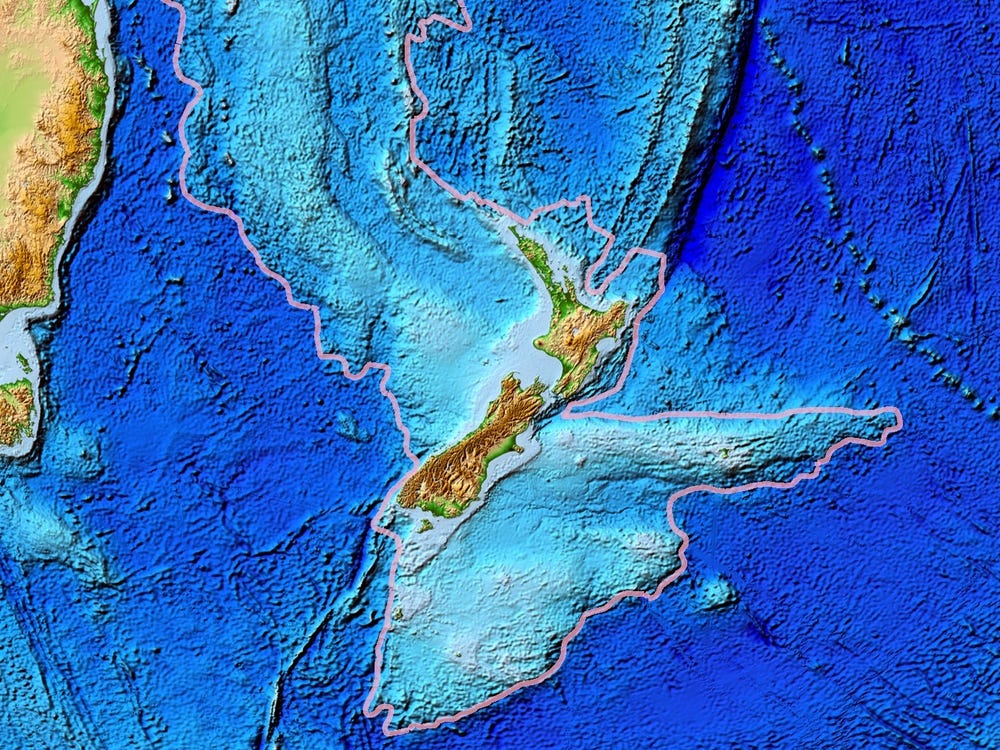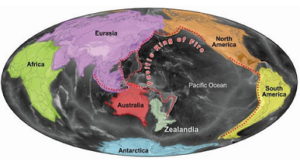Zealandia-Earth’s Eighth continent found

Zealandia - Earth’s Eighth continent found
Monitoring Desk
375 years later, geologists have succeeded in finding an eighth continent.
Geologists announced in 2017 that a new continent was about to emerge on the world map. Now this group of geologists has made astonishing discoveries about the area of the eighth continent.
The eighth continent is named Zealandia, which is 6 times larger in area than Madagascar.
According to geologists, Zealandia is a vast continent of 1.89 million square miles, which was in fact part of the ancient and great continent of Gondwana and came into being about 550 million years ago.
Gondwana was an ancient supercontinent that broke up about 180 million years ago. The continent eventually split into landmasses we recognize today: Africa, South America, Australia, Antarctica, the Indian subcontinent and the Arabian Peninsula.
According to geologists, Zealandia is an area that is largely underwater, while the peaks of some mountains are so high that they protrude out of the sea.

A hidden realm as big as Indian Sub-continent Hidden below New Zealand, Zealandia may be earth’s eighth continent
Mortimer’s group suggested that a continent should have clearly defined boundaries, occupy an area greater than 386,000 square miles (1 million square kilometers), be elevated above the surrounding ocean crust, and have a continental crust thicker than that oceanic crust.
Zealandia meets all those stipulations.
Zealandia has an unusual geography for a continent. More than half the surface area of Earth’s other six continents are composed of low-lying land and shallow seas, and they have relatively narrow mountain ranges and steep continental slopes in the deep ocean.
In contrast, Zealandia is mostly hidden beneath more than one kilometre of water and could be classified as more than 90 per cent continental slope. This makes it a challenge to explore.





